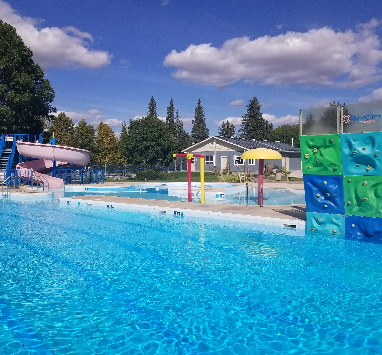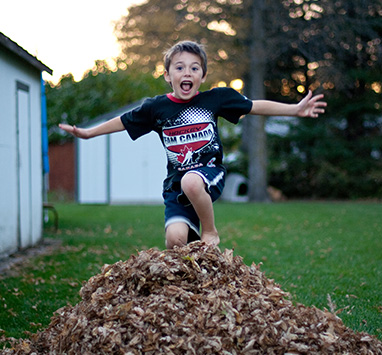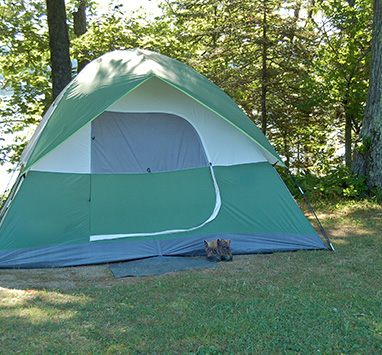 On August 4, 1914, Great Britain declared war on Germany, to respect treaties she had with Belgium and France. An immediate call for help went out to all of Britain's colonies and many called back from the Treherne district.
On August 4, 1914, Great Britain declared war on Germany, to respect treaties she had with Belgium and France. An immediate call for help went out to all of Britain's colonies and many called back from the Treherne district.
In the early autumn of 1914 and beginning of 1915 there was considerable recruiting from the Treherne district. In December 1915 W. W Kennedy and Colonel Lighfoot of Winnipeg organized a platoon at Treherne consisting of sixty-five men as a part of the 222nd Battalion.
On January 1, 1916, they commenced drilling at the Agriculture Hall on the fair grounds, with Lieutenant Farr in command. On May 1st they left for Camp Hughes to finish their training. Early in November, they left for overseas, and landed in Southam Camp, England.
Most of the 222nd Battalion were used to bolster the gaps in the 8th Battalion, and a few going to the 46th Battalion. They also saw some very strenuous battle at Vimy Ridge, Passchendale, Ypres, Amiens, Somme and elsewhere. Those who gave their all in these battles were:
| W. Kennedy | Neil Watson | Alfred Palfrey | Stanley Perrie |
| John McLachlan | Alex Mclachlan | Alex McSporran | Edwin Pinkerton |
| Morris McLean | Chester Allen | W. Ferris | R. Jones |
| P. Mobon | A.U. McLeod | F. Carter | A. Moreau |
| B. Smith | G. Norfield | C. Smith |
In 1939, Germany, under Adolph Hitler, again attacked Belgium and France. On September 4, 1939 Great Britain declared war on the Nazi countries. On September 10, Canada also declared war in support of the British isles. In 1940, recruiting started in the area and by the end of the war, 190 men and 10 women would join the Navy, Army, and Royal Canadian Air force.
After several years training in England, Canadian soldiers distinguished themselves at Dieppe and later on D Day on the Normandy beaches. Canadian Airmen took part in many bombing raids over Germany and defending Britain. Canadian soldiers saw action in North Africa, Sicily, Italy and on the western front. Those who gave their lives were:
| Irvine Bowles | Clifford Calder | George Faulkner | James Gibbons |
| Orville Rod | Joseph Runner | John Tarnausky |
 |  |
In the twenties, Treherne district erected a memorial monument on the then school ground to commemorate the fallen of the first and second world wars. The names of those who did not return are engraved on the stone.
The Legion
In 1936, at the home of Joe Pinkerton, a branch of the Royal Canadian Legion was formed, comprised of veterans of Notre Dame de Lourdes, Rathwell and Treherne. They assumed the name Pinkerton Branch No. 120
The first President was John Draper and Edward Daly was the first secretary who wrote the meeting minutes on his cigarette box.
This group of veterans purchased the Methodist Church and ran it as a movie hall for a few years. When World War II was over, this hall was sold. The veterans that didn't join the Home Guard, kept the Legion going until cessation of hostilities. Then with an increase in membership, Rathwell organized a branch and the name of Pinkerton was dropped in favor of Treherne Legion No. 120.
In 1950, the Treherne Legion built their own hall on Broadway. This hall has been in continual use as a community hall until 1972 when a large community hall was built. The Legion Hall has been a great asset to this district.
The legion has been instrumental in the organization, building and maintaining a home for seniors citizens. Legion Lodge was built in 1965, having eight single and six double suites. It was built on Smith Street in the center of town and its flowers and grounds have been a show place of Treherne. Now the Legion Lodge has 4 single and 8 double suites




